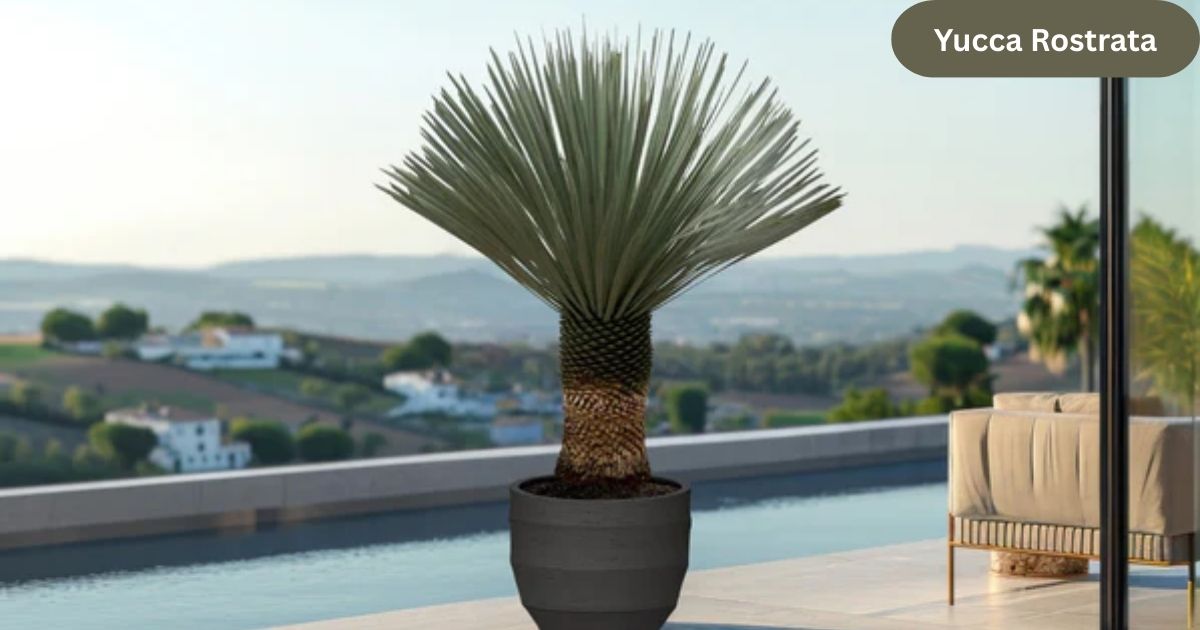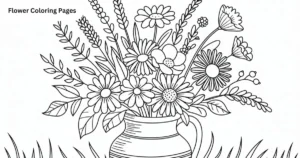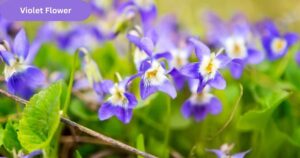Yucca Rostrata, also known as the Texas yucca, is a striking, low-maintenance plant native to the arid regions of the southwestern United States and Mexico. With its unique, blue-green spiky foliage and tall, elegant flower stalks, it adds a touch of desert beauty to any landscape. This hardy plant thrives in dry, sunny conditions, making it an ideal choice for xeriscaping and low-water gardens.
Beyond its aesthetic appeal, Yucca Rostrata is known for its resilience and adaptability. It requires minimal care, tolerating drought and poor soil conditions while resisting pests and diseases. Whether you’re a seasoned gardener or a beginner, growing Yucca Rostrata can enhance your garden’s beauty while saving you time and water.
What is Yucca Rostrata
Yucca Rostrata is a perennial shrub that belongs to the Asparagaceae family, known for its tall, slender trunk and rosettes of spiky, blue-green leaves. The plant can grow up to 10 feet tall in optimal conditions, with its foliage creating a fountain-like shape at the top of the trunk. In late spring and summer, Yucca Rostrata produces long, creamy white flower stalks that add even more interest to the plant’s overall structure. Its hardiness and drought tolerance make it a popular choice for xeriscaping and dry, rocky gardens.
This species of yucca is distinct from other varieties due to its small, narrow leaves and upright form. It also produces fewer pups than other yuccas, giving it a more refined and elegant appearance. Its native habitat, marked by arid, rocky soils, makes it perfectly suited for desert-like environments where many other plants would struggle to survive. Understanding these characteristics will help you provide the best care for your Yucca Rostrata.
Ideal Growing Conditions for Yucca Rostrata
Yucca Rostrata thrives in full sun and well-drained soil, making it an excellent choice for sunny spots with limited moisture. It is well-suited to dry climates and can tolerate periods of drought once established. The plant prefers slightly acidic to neutral soil but can also adapt to alkaline conditions. When planting Yucca Rostrata, ensure the soil drains efficiently to avoid root rot, a common issue for yuccas planted in heavy, clayey soils.
Temperatures ranging from 20°F to 100°F are ideal for this hardy plant. While it can survive in colder climates, it may need some protection during the winter, especially in areas with freezing temperatures. Planting in a raised bed or container can help improve drainage and protect the roots from excessive moisture during colder months. Proper placement in a sunny spot will enhance its growth and flowering potential.
Watering and Irrigation Needs
One of the primary reasons Yucca Rostrata is favored by gardeners is its low water requirement. This plant is highly drought-tolerant and can survive long periods without water once established. However, it’s essential to water it deeply when first planted to help the roots establish themselves. Afterward, the plant can survive on rainfall or occasional watering during extended dry spells.
Overwatering can lead to root rot, so it’s important to allow the soil to dry out completely between waterings. A good rule of thumb is to water the plant every 2 to 3 weeks during the growing season, reducing frequency in winter when the plant is dormant. Ensuring that the plant is not sitting in waterlogged soil will help it thrive and prevent potential diseases that can affect its health.
Soil Requirements for Healthy Growth
Yucca Rostrata thrives in well-draining soil with good aeration. It prefers sandy or loamy soil that doesn’t retain excessive moisture, as this can lead to root rot. Before planting, consider improving your garden’s soil by adding coarse sand or gravel to increase drainage. If planting in a pot, use a cactus or succulent mix to ensure the roots don’t become waterlogged.
Although this yucca is not particularly picky about soil pH, slightly acidic to neutral soil tends to support the healthiest growth. If you’re unsure about the soil’s drainage capacity, test it before planting. You can do this by watering the soil and checking if excess water drains away quickly. Proper soil preparation will help establish a solid foundation for your Yucca Rostrata, ensuring it thrives over the long term.
Benefits of Growing Yucca Rostrata
Yucca Rostrata offers several benefits for gardeners and landscapers. First, its striking appearance adds visual interest to landscapes, particularly in arid or desert-like environments. The plant’s tall flower spikes and dense rosettes of leaves make it a focal point in garden beds, along walkways, or in container arrangements. Additionally, its drought-tolerant nature makes it an excellent choice for xeriscaping, reducing water usage and maintenance.
Another benefit is its low-maintenance nature. Yucca Rostrata is highly resistant to pests and diseases, making it an ideal plant for gardeners who want to reduce the use of chemicals in their yards. The plant’s resilience also makes it perfect for areas with poor soil quality or where other plants may struggle. Whether used as an ornamental plant or for erosion control, Yucca Rostrata can add value to your garden while being eco-friendly.
Common Pests and Problems with Yucca Rostrata
Although Yucca Rostrata is generally a resilient plant, it can occasionally suffer from pests such as yucca weevils and scale insects. The yucca weevil is particularly damaging, as it can cause the plant’s stem to rot by burrowing into the trunk. Preventative measures, such as inspecting the plant regularly and removing any infected leaves or stems, can help minimize the risk of infestations.
Another common issue is leaf spotting, which can occur if the plant is overwatered or exposed to excess humidity. Ensure the plant is in a well-ventilated area with good drainage to reduce this risk. Additionally, if you notice yellowing leaves or stunted growth, it may be a sign of nutrient deficiency. Fertilizing the plant with a balanced, slow-release fertilizer in the spring can provide it with the nutrients needed for healthy growth.
Read More: Red Yucca
Conclusion
Yucca Rostrata is a hardy and attractive plant that can add significant value to your garden or landscape. Its drought tolerance, low maintenance, and striking appearance make it an excellent choice for desert-like climates or areas where water conservation is a priority.
By following proper planting, watering, and pruning guidelines, you can ensure that your Yucca Rostrata flourishes for years to come. Whether you are a seasoned gardener or a beginner, this plant’s resilience and beauty make it a worthy addition to any outdoor space.
What is Yucca Rostrata?
Yucca Rostrata is a hardy, perennial plant known for its striking blue-green leaves and tall flower stalks.
How often should I water Yucca Rostrata?
Water Yucca Rostrata every 2 to 3 weeks during the growing season, reducing watering in winter.
Can Yucca Rostrata tolerate freezing temperatures?
Yucca Rostrata can tolerate cold temperatures but may need protection in freezing conditions.
How tall does Yucca Rostrata grow?
Yucca Rostrata can grow up to 10 feet tall in optimal conditions.
Is Yucca Rostrata good for xeriscaping?
Yes, Yucca Rostrata is perfect for xeriscaping due to its drought tolerance and low water needs.









